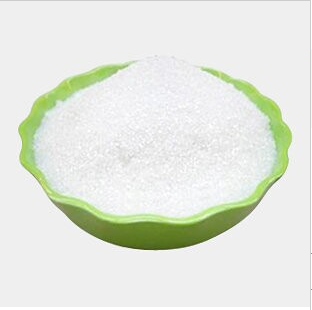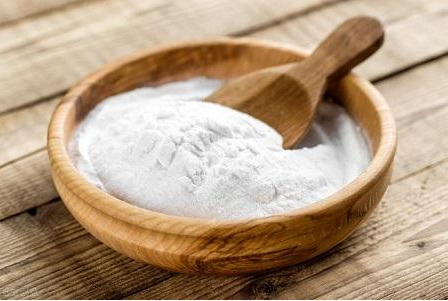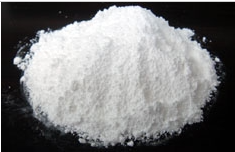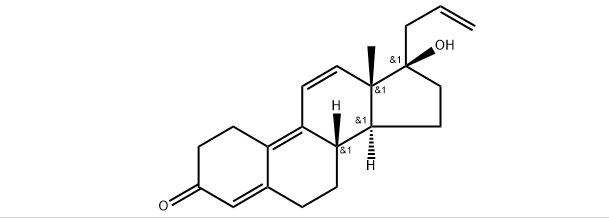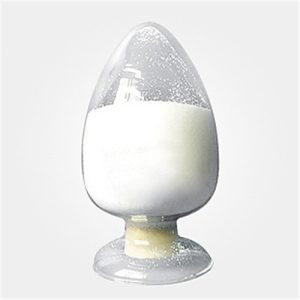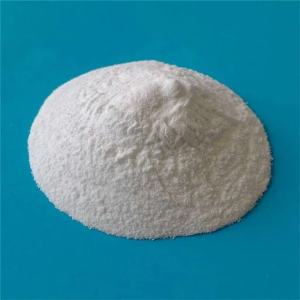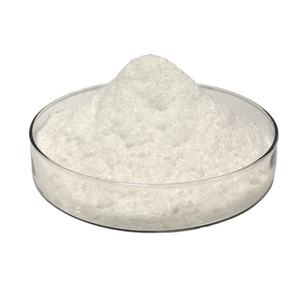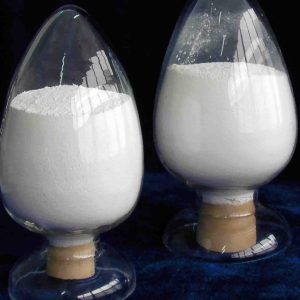Altrenogest is used to suppress estrus in mares in order to facilitate induction of normal estrous cycle activity. It is also used in mares to synchronize scheduled breeding activity. In the suppression of estrous behavior in mares, this is usually related to mares that are used as performance horses.
Application buy Altrenogest is a progestin of the 19-nortestosterone group. As a veterinary medication, it is used extensively in the reproductive management of mares to control the reproductive cycle, help maintain pregnancy, and help with behavior modification. It has been demonstrated to maintain pregnancy in oophorectomized mares and may be of benefit in mares that abort due to subtherapeutic progestin levels. Altrenogest is typically administered orally by applying directly on the base of the mare’s tongue or on the mare’s feed.
Uses
It is used for suppression of estrus. The mare will experience a predictable occurrence of estrus following drug withdrawal. This allows a regular cycle during the transition from winter anestrus to the physiological breeding season in mares with active ovaries. By managing the reproductive cycle, horse owners have more control over breeding procedures and the timing of the arrival of foals.
Biological Activity Altrenogest suspension by NexGen is effective in normally cycling mares for minimizing the necessity for estrus detection, for the synchronization of estrus, and permitting scheduled breeding. It is also effective in suppressing estrus expression in show mares or mares to be raced.
Interactions Rifampin may increase the speed of metabolism of Regu-Mate.
in vitro It (Allyltrenbolone) is a progestogen structurally related to veterinary steroid trenbolone. Treatment of embryo-recipient mares with It (Allyltrenbolone) appears to be beneficial in extending the degree of donor-recipient synchrony required for successful embryo transfer. The oil and gel Altrenogest horse (Allyltrenbolone) preparations are equally effective in modulating estrous behavior and time to estrus and ovulation. Altr (Allyltrenbolone) treatment started late in diestrus appears to result in a high incidence of ovulation during treatment and when luteolysis and ovulation occur during treatment; the subsequent luteal phase is frequently prolonged due to failure of regression of the CL.
Veterinary Drugs and Treatments
It (Regu-Mate) is indicated (labeled) to suppress estrus in mares to allow a more predictable occurrence of estrus following withdrawal of the drug. And It is used clinically to assist mares to establish normal cycles during the transitional period from anestrus to the normal breeding season often in conjunction with an artificial photoperiod. It is more effective in assisting in pregnancy attainment later in the transition period. Some authors (Squires et al. 1983) suggest selecting mares with considerable follicular activity (mares with one or more follicles 20 mm or greater in size) for treatment during the transitional phase. Mares that have been in estrus for 10 days or more and have active ovaries are also considered excellent candidates for progestin treatment.
Effect
Altr is effective in normally cycling mares for minimizing the necessity for estrus detection, for the synchronization of estrus, and permitting scheduled breeding. Estrus will ensue 2 – 5 days after treatment is completed and most mares ovulate between 8 – 15 days after withdrawal. It is also effective in suppressing estrus expression in show mares or mares to be raced. Although the drug is labeled as contraindicated during pregnancy. It has been demonstrated to maintain pregnancy in oophorectomized mares. And may be of benefit in mares that abort due to sub-therapeutic progestin levels.
The product Matrix is labeled for synchronization of estrus in sexually mature gilts that have had at least one estrous cycle. Treatment with altrenogest results in estrus (standing heat) 4-9 days after completion of the 14-day treatment period.
Altrenogest has been used in dogs for luteal insufficiency and as a treatment to prevent premature delivery.
Melting point 120°
alpha D20 -72° (c = 0.5 in ethanol)
Boiling point 390.58°C (rough estimate)
density 1.0865 (rough estimate)
refractive index 1.4900 (estimate)
storage temp. Sealed in dry,2-8°C
solubility DMF: 2 mg/ml; DMSO: 0.1 mg/ml; Ethanol: 20 mg/ml; Ethanol:PBS (pH 7.2)(1:2): 0.3 mg/ml
pka 14.59±0.40(Predicted)
color White to Yellow
Merck 14,319
InChI InChI=1/C21H26O2/c1-3-10-21(23)12-9-19-18-6-4-14-13-15(22)5-7-16(14)17(18)8-11-20(19,21)2/h3,8,11,13,18-19,23H,1,4-7,9-10,12H2,2H3/t18-,19+,20+,21+/s3
InChIKey VWAUPFMBXBWEQY-ANULTFPQSA-N
SMILES C[C@]12C=CC3=C4CCC(=O)C=C4CC[C@@]3([H])[C@]1([H])CC[C@@]2(O)CC=C |&1:1,14,16,20,r|
Safety Information
WGK Germany 3
RTECS KG7745000
HS Code 2937.23.5050
More Introduction:https://en.wikipedia.org/wiki/Altrenogest
